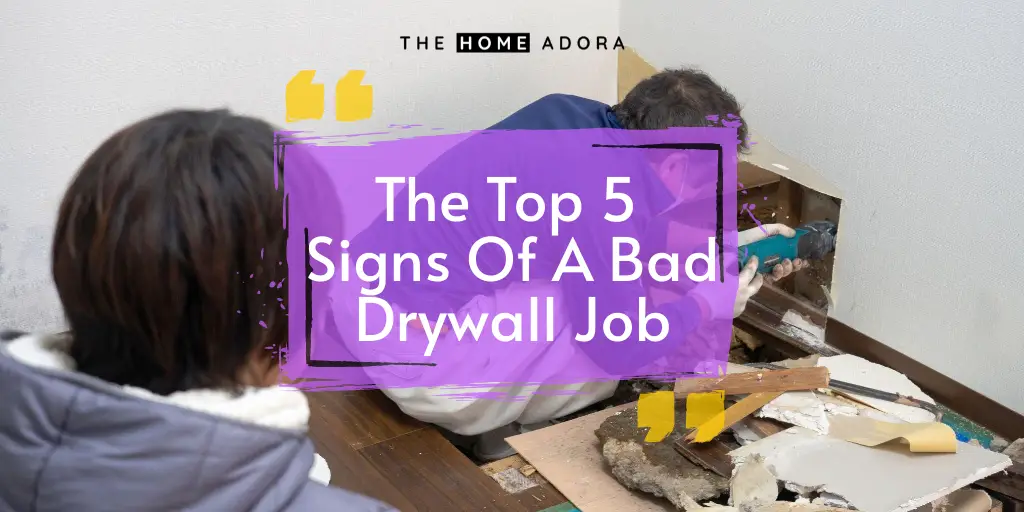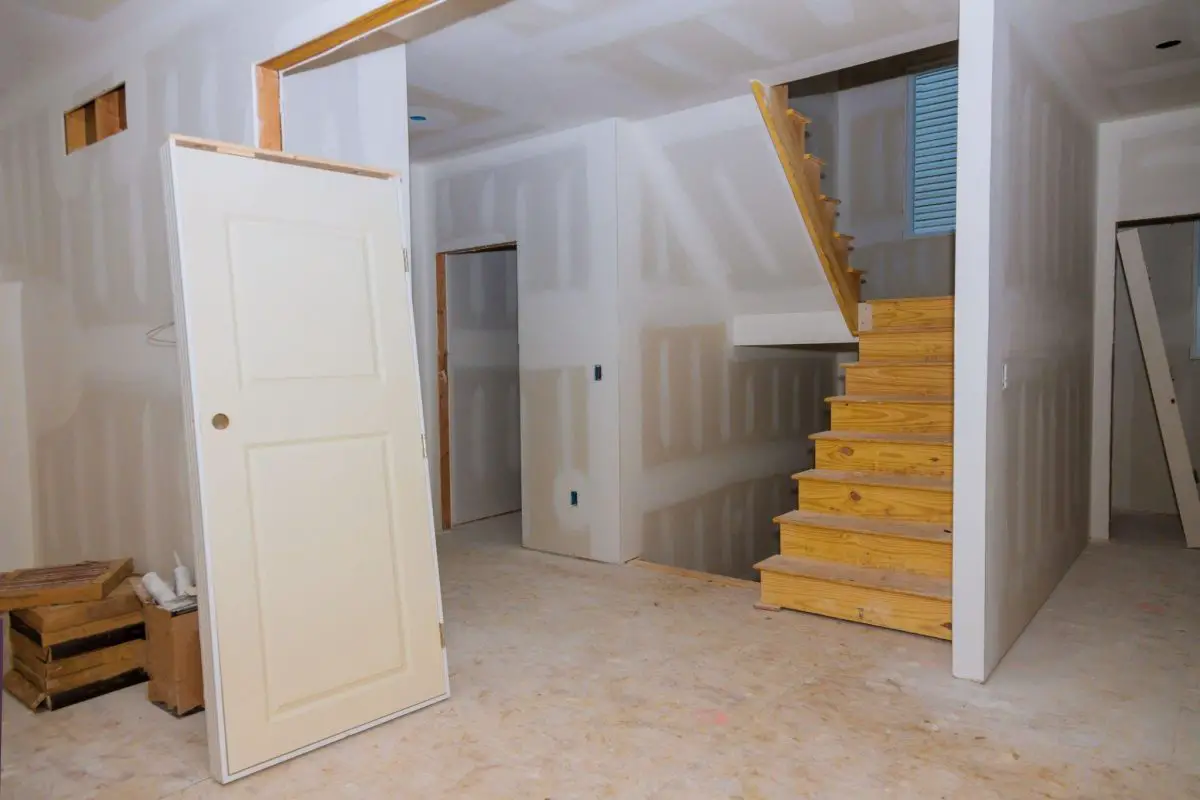Drywall is a widely used building material. Not only is drywall inexpensive, but it is also simple to install and repair.

Given the simplicity of installation, many people may believe they can do the task themselves. Worse, they may believe that the first contractor they find will be able to complete the job. When we say it’s simple to install, we don’t mean that anyone can do it. To get the job done correctly, you’ll still need to hire reputable drywall contractors.
Drywall can assist you in creating a room fit for a home interior publication, but when installed incorrectly, it can make your home look cheap and shoddy. Because finishing methods differ, discussing your expectations with your installer will go a long way toward achieving satisfactory results. Aside from that, learn which flaws are never acceptable so you don’t end up with subpar drywall.
Things To Consider Before Hiring Drywall Contractor
There are a few things you should take into consideration before hiring a drywall contractor. Here are a few things to think about:
- The experience of the contractor: You want to make sure the contractor has plenty of experience. Ask to see pictures of previous work or ask for referrals.
- The cost of the project: Be sure to get an estimate of the total cost of the project before hiring a contractor.
- The timeline of the project: Find out how long the project will take so you can plan accordingly.
By taking the time to consider these three factors, you can be sure you’re hiring the right contractor for the job.
Things To Do After Hiring Drywall Contractor
You’ve finally decided to take the plunge and hire a drywall contractor to help you with your drywall project.
Now that you’ve made this decision, what’s next? Here is a few thing you should do after hiring a drywall contractor
Clarifying Your Expectations
Discuss the project in detail. Before the contractor gets started, be sure to sit down and discuss the project in detail. Tell the contractor what you want to achieve and go over any specific details or requirements you have. This will help ensure that the contractor understands your vision and can deliver the results you’re looking for.
Rough-looking drywall isn’t always indicative of poor work. Trim-Tex Recommended Levels drywall Finish specifies five acceptable levels of drywall finish. The higher the level, the fewer flaws there are. Higher levels require more work and expense, so installers only use them when necessary or requested. Before you can determine whether a drywall job is good or bad, you must first understand what the installer was aiming for.
Signs Of A Bad Drywall Job
A drywall job may appear to be well done at first glance, but certain signs can suggest that the drywall job was badly done. A good drywall job can be distinguished from a bad one. Let’s take a look at some of the obvious signs that the contractor you hired wasn’t the best choice after all!
#1. Visible Joints
Drywall installation entails assembling several drywall panels to form a wall. There should be no visible joints if the job is done correctly. You can’t tell where one panel ends and the other begins. They’re well-protected. However, if you can see the outline or the joints, you have encountered a bad drywall job. The joints are visible due to air bubbles under the surface of the drywall tape used to join the panels or because the drywall panels were not properly spaced.
#2. Holes for screws and nails
If you notice nails and screws protruding from the face of the wall or appear to be pushing the surface from beneath, you should have it repaired right away. Screws and nails should not be visible at any time, especially if you have recently installed new drywall. If you see it, it means the drywall was poorly installed and needs to be repaired right away.
#3. Corners that are uneven
Uneven corners are another sign of a poor drywall job. Drywall corners ought to be straight and seamless, with no creasing, plumes, gaps, or indentations. But if you see any of these, you know what you’re looking at: a bad drywall job. Uneven corners detract from the installation’s overall appearance. If this is the case, you have no choice but to have it repaired or use a drywall primer to make a uniform surface for the finish paint to adhere to.
#4. Panels that are crooked
If indeed the drywall contractor you hired isn’t the best, it’s possible that they don’t have a proper team. Most low-cost contractors work alone. When a single person attempts to do all of the work, mistakes are unavoidable. It is difficult to hold a heavy drywall panel and secure it with screws on your own. When a contractor attempts to do so, the drywall panel is frequently crooked. A crooked drywall panel is unsightly and, of course, indicates a poor drywall job.
#5. Unclean Environment After Work
Drywall installation generates a large amount of fine drywall dust, which the installation team should clean up before leaving, especially since this mess will destroy regular household hoovers.
What Exactly Is A Good Drywall Job?

A good drywall job should be smooth and even, without any lumps or bumps. The surface should be level, and the joints should be flush with the rest of the wall. The wall should also be free of any holes or cracks. If you’re not sure what a good drywall job looks like, you can always ask a professional for help. They will be able to assess the quality of the job and make sure that it meets your standards.
Frequently Asked Questions (FAQs)
How To Fix Bad Drywall Jobs
Is Concrete A Drywall?
Drywall is made of gypsum and paper, with the addition of fiberglass and other fibers on occasion. Concrete, on the other hand, is composed of Portland cement, water, and various aggregates. These two materials are simply fundamentally different.
Conclusion
Drywall installation is a highly specialised job that requires patience and careful attention to detail, so mistakes are common. While minor flaws are to be expected in an unfinished attic or garage, don’t put up with major issues that compromise the appearance of your home. Call your installer if you notice any clearly visible joints, fasteners, ridges, or crooked corners.

